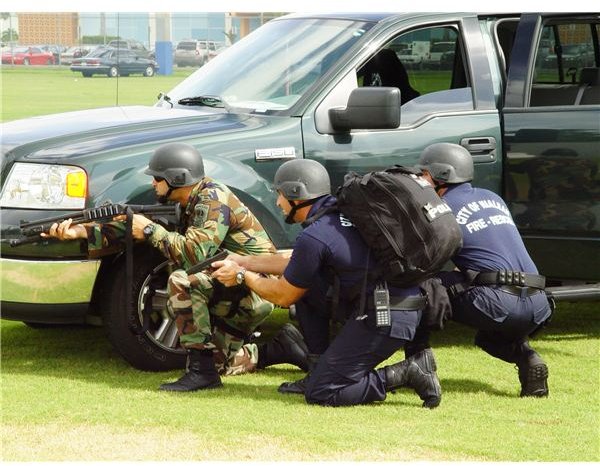Training Video Production: How to Make Video Projects for Training Employees
A Different Type of Video
Much of film production is based around the unity of aesthetics, storytelling, and artistic elements. It is meant to draw in the audience, often to make them unaware of the filmmaking techniques, and show them a story with different cuts and production aspects that will then create a flowing story where the experience, ideas, characters, and emotions are what is important. This is not, however, the only type of videos that are produced in the world, and much of what is done in the professional world are videos chartered by companies to train their employees internally. These have a rulebook all there own that really challenges many of the basic principles that people associate with filmmaking. Here is a look at training video production and how it is different from more traditional filmmaking.
Longer Takes
One of the main differences between training video production and filmmaking focused projects is how they show the cuts and the takes. In a film, several angles are shot to create a story space that is not actually real. You do not need to show things how they actually happen in real time because that is not important for the viewing experience. Even in a documentary, the time and space of the area will be cut down to make it flow better as a film. This is the opposite of what is done in a training video because what is important about a training video is not the viewing experience but the ability to learn a task from watching the video. This means that the shots need to be relatively long and show the real space and time that a task requires so that the person will be able to learn and emulate that task in their job.
Wider Shots
In a narrative film there will be a variety of different angles used, which is called coverage. This will work from wide establish shots to mediums

and close ups to convey emotion and intensity. This is not the purpose of a training video production, so instead you will see a lot of wide medium shots on the talent. This is because they want it wide enough so that it is easy to see the tasks that are being performed, while at the same time not being so far away that the details will be lost. This does not mean that you have to stick to static master shots the whole time, but when critical action is being done that is meant to transfer to the audience, you will want to maintain a solid shot that is medium wide.
Scripting
When you are scripting the video you will want to make sure to create sequences and scenes that would be incredibly unnatural for a narrative film. Narrative films have goals for characters and storylines, which it would be assumed to forgo with the training video. More than this, the scenes are designed to then convey a task, which would not be the process of any narrative film. When you are writing the script you should take a look at adapting the manuals that are used to diagram the process for tasks and tools into a narrative structure. The best way to go about this would be to position the description of a task into the actual performance of that task, writing a step by step process for what the talent will be doing when they are being filmed. This should only be for the scenes when a task is actually being performed, but for set up scenes there should be the identification of the talent and the set up that is much more in common with a television production.
Don’t Be Boring!
The most important thing you have to consider once you have begun doing the practical work for teaching the task through your training video production is to not limit yourself to that. Though the project is intended to meet the needs of training employees, which does not mean that it has to be painfully boring the whole way through. This was the failure of early industrial films, which today are a source of satire. Instead, try to add a little energy to the project as long as it is not to the cost of the primary function. This means that you can have montages of the task being done or tools being used before and after the practical education. You can have the talent bring in a little more engagement, such as telling jokes and adding personality. You can even use some production elements like a higher production value, music, and motion graphics to spice up the process and keep the viewer tied in. Do not let the video remain so passive as to ignore the needs of an audience who can easily forget what they just saw.
References
- Source: Author’s own experience.
- Photos from Stock.Xchange
